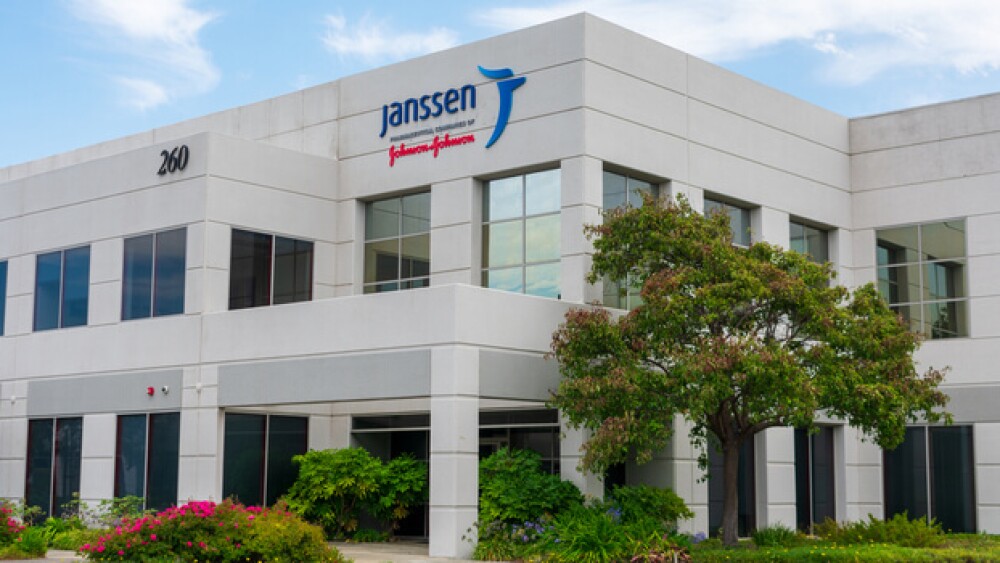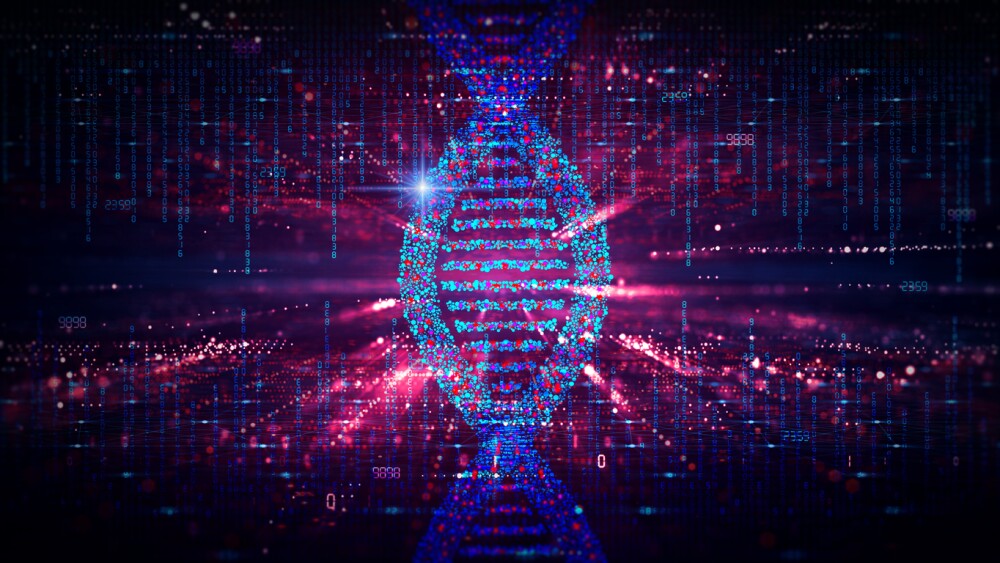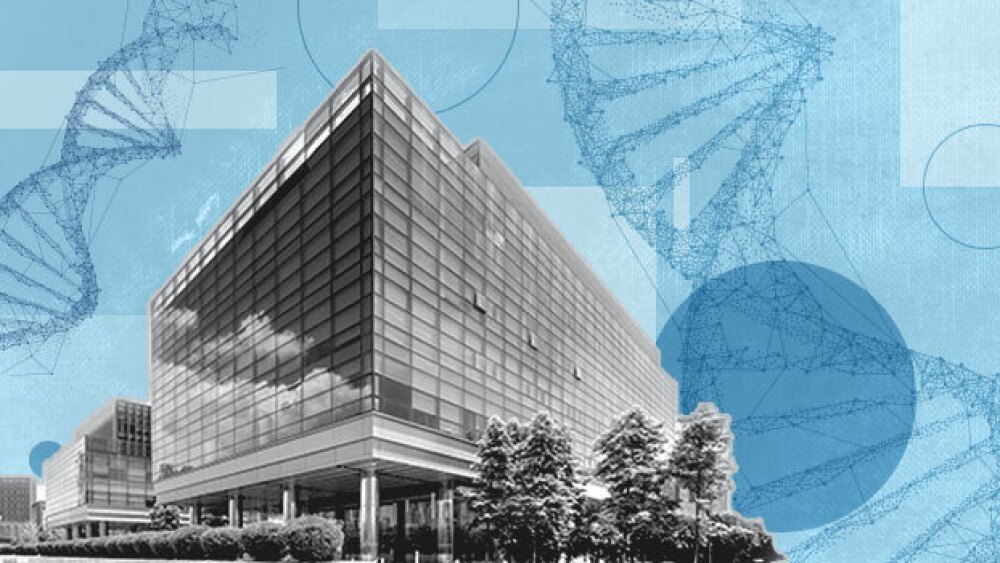BioSpace spoke with Janssen’s Fiona Elwood about the company’s myasthenia gravis candidate nipocalimab, which is currently recruiting for two Phase III trials.
Editorial_Michael Vi/Shutterstock
June is Myasthenia Gravis Awareness month.
As with so many rare diseases, the standard of care for myasthenia gravis (MG) doesn’t address the root of the illness and comes with side effects that can be serious. Nipocalimab, which is in Phase III development at Janssen, goes to the cause of the disease.
Myasthenia gravis is an autoantibody-driven disease in which the body generates antibodies against its own proteins. In this case, the antibodies target the acetylcholine receptor (AChR) or a muscle-specific kinase (MuSK) receptor on cells. “These autoantibodies attack the neuromuscular junction, which is the interface where the nerve signals communicate with muscle,” Fiona Elwood, Ph.D., VP, disease area leader, neurodegeneration at Janssen Research & Development, said in an interview with BioSpace.
“When that breaks down, MG patients suffer muscle-related symptoms like muscle weakness.” It affects approximately 700,000 people throughout the world. Between 15 and 20 percent of them may be hospitalized with the disease, which manifests as difficulty with movements, drooping eyelids and even breathing difficulties. “It’s a rare, and pretty nasty disease,” she said.
Janssen’s solution, nipocalimab, is an anti-neonatal Fc receptor (FcRn) monoclonal antibody that blocks FcRn and lowers IgG (which, in autoantibody diseases, helps destroy red blood cells prematurely). Its application to MG stems from its ability to cause autoantibodies to be cleared from the body.
As Elwood explained, “Antibodies have quite a long half-life because they can be recycled through cells and hidden from the clearance process. By targeting the FcRn, which is responsible for cycling and hiding antibodies themselves, nipocalimab blocks that response and, instead, directs them to be degraded and cleared from the body. Therefore, you flush out all the IgG antibodies in the body and so flush out all of those targeted autoantibodies. In the case of MG, that’s AChR or MuSK.”
Because nipocalimab targets autoantibodies, “It may be used across multiple different neurological and immunological diseases in which the autoantibody to the self-protein is causing the disease,” she said. Chronic inflammatory demyelinating polyneuropathy (CIPD) is one likely indication, as well as other autoimmune diseases in the areas of maternal-fetal disorders, neuro-inflammatory disorders, rheumatology, dermatology and autoimmune hematology. “We believe nipocalimab can have a really significant impact,” Elwood said.
“Phase II results showed robust, rapid, lowering of autoantibodies and strong duration,” she noted. That data, presented at a scientific meeting last year, compared the results of standard-of-care treatment plus either nipocalimab or placebo in 68 patients. The primary endpoint was to identify changes in patients’ Myasthenia Gravis Activities of Daily Living (MG-ADL) scores. Secondary endpoints included changes in patients’ Quantitative Myasthenia Gravis (QMG) score, the revised Myasthenia Gravis Quality of Life 15-item (MG-QoL15) scale and nipocalimab’s pharmacokinetic and pharmacodynamic activity.
A global, Phase III trial is recruiting now for adults with MG. In it, nipocalimab will be administered intravenously. Janssen’s goal is to enroll 180 people and to complete the trial in 2026. The company is also planning to recruit adolescents between the ages of 2 and 18 for a Phase II/III trial. Its goal is to enroll 12 patients. That trial is expected to be completed in 2025.
ClinicalTrials.gov lists 51 trials involving MG that are recruiting or are planning to recruit patients. While many involve a variety of therapies, others seek to identify drivers of disease progression, track the natural history of disease, determine the effect of COVID-19 vaccines on MG patients, or understand other elements of the condition.
Nipocalimab is a natural fit for Janssen, helping it accelerate the development of therapies for a variety of conditions driven by autoantibodies. Approximately 2.5% of the world’s population – approximately 195 million people – are affected by such diseases. Most often these are rare or orphan diseases.
The drug came to Janssen through the 2020 acquisition of Momenta Pharmaceuticals by Janssen’s parent company, Johnson & Johnson. Nipocalimab holds Orphan Drug designation as well as Rare Pediatric Disease designation from the U.S. Food and Drug Administration for the prevention of hemolytic disease of the fetus and newborn (HDFN).
“We’ve been working in neuroscience for more than 60 years, and Janssen has a very strong portfolio in immunology,” Elwood said. “We have a strong commitment and significant research, as well as commercialized products in neuroscience, so nipocalimab sits in that sweet spot. This is a natural extension of our long-term commitment in neuroscience.”
For patients, the implications of finally having an effective therapy could be profound, she said. “Having a potential treatment with rapid onset that significantly reduces the autoantibodies that are driving their disease, and that offers sustained efficacy, will have a significant impact on patients’ quality of life and their disease progression.”






